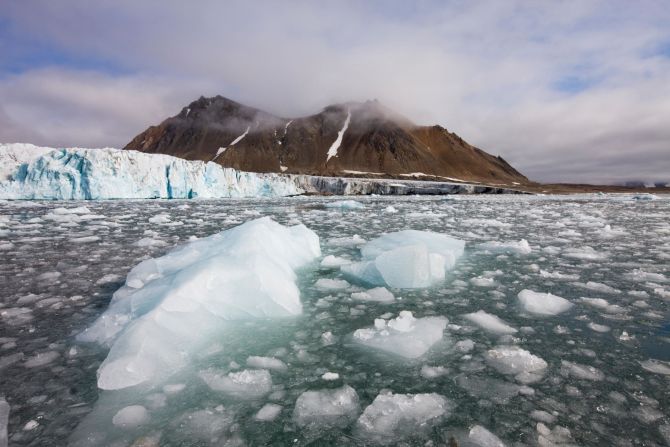
As the world's temperatures rise, glaciers are melting and scientists are looking for ways to forecast their retreat. One potential method involves listening to the sounds made by glaciers. Oceanographer Grant Deane has been trying to quantify ice melt using acoustic technology, with most of his work focusing on the Hans Glacier (also known as Hansbreen) in Svalbard, Norway (pictured). This glacier retreated around 2.7 kilometers between 1900 and 2008, according to a study published in the Cryosphere. Scroll through the gallery to see more of the world's majestic glaciers.
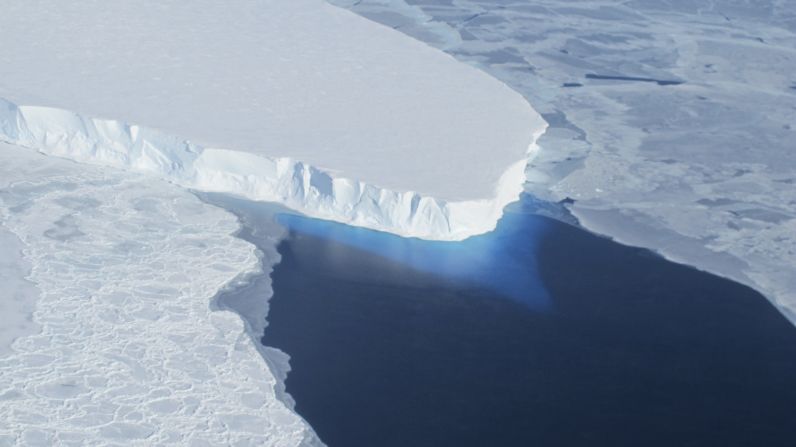
Thwaites Glacier in western Antarctica is nicknamed the "doomsday glacier" because of its high risk of collapse and threat to the global sea level. Thwaites Glacier Basin covers 74,000 square miles (192,000 square kilometers) -- larger than the state of Florida -- but it's just a faction of the West Antarctic ice sheet, which holds enough ice to raise the sea level by up to 16 feet (five meters), according to NASA.
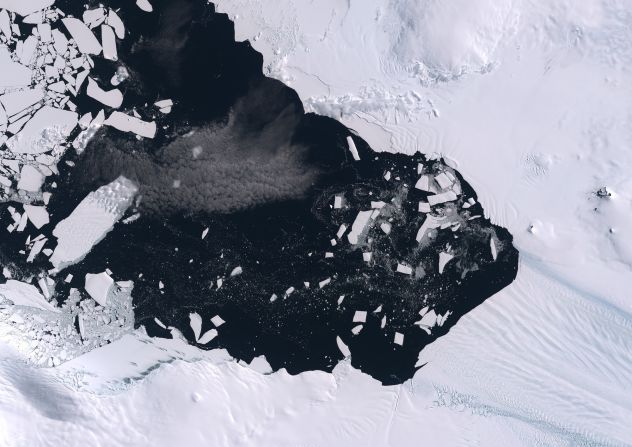
Neighboring Thwaites is Pine Island, another of the fastest-retreating glaciers in Antarctica. Satellite images like this one have been key to illustrating its retreat and major calving events (when a block of ice breaks off from the end of the glacier). In recent years, the calving rate has increased causing the glacier to shrink more rapidly.
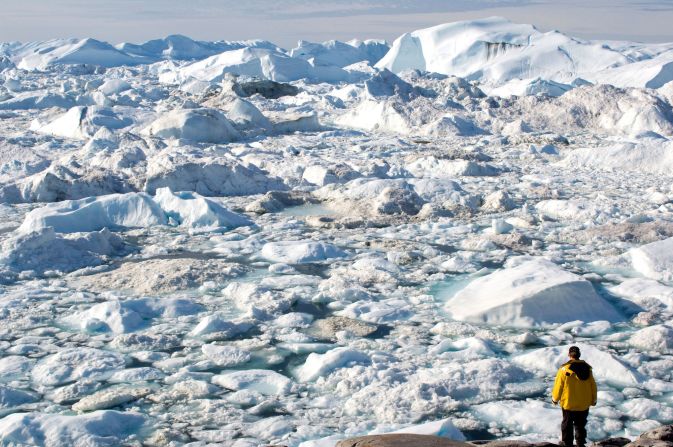
Famous for birthing the iceberg that sunk the Titanic, Jakobshavn Isbrae is one of Greenland's fastest-flowing glaciers. In 2013, it reached a peak, traveling 10 miles (17 kilometers) per year, before slowing down and starting to thicken. However, satellite imagery from 2021 shows that the glacier has accelerated again, contributing further to sea level rise.
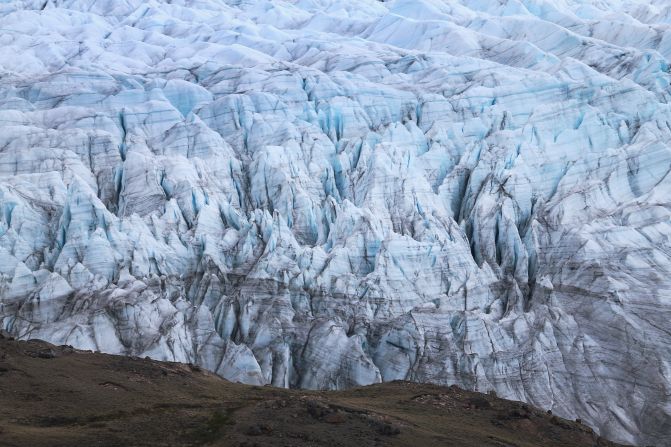
Kangerlussuaq Glacier, also in Greenland, recently entered a new phase of rapid retreat. According to the European Space Agency, extreme melting events have become more frequent and, over the past decade, around 3.5 trillion metric tons of ice have melted from the Greenland ice sheet and spilled into the ocean -- enough to cover the UK with meltwater almost 50 feet deep.
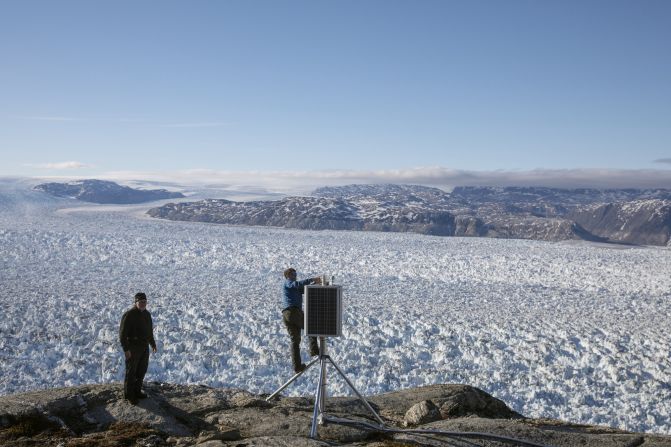
Helheim, named after the realm of the dead in Norse mythology, is another of Greenland's great glaciers. It stands at more than four miles wide and is roughly the height of the Statue of Liberty. Together with Kangerlussuaq and Jakobshavn Isbrae, it holds enough ice to raise sea level by four feet, according to a 2020 study published in the journal Nature Communications.
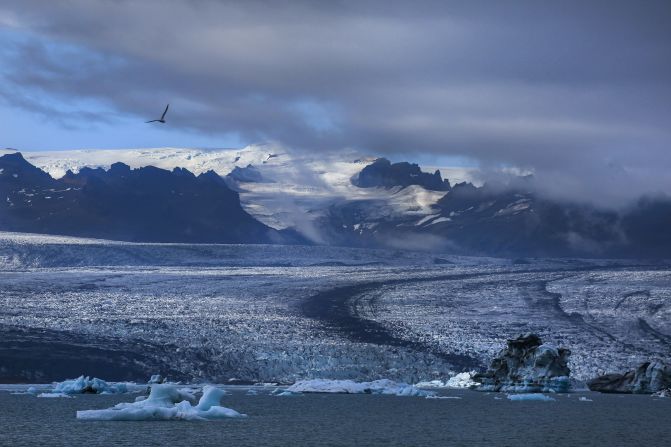
Covering an area of more than 3,000 square miles, which is three times the size of Luxembourg, Iceland's Vatnajökull Glacier is the biggest in Europe. The ice cap covers several active volcanoes, which cause glacial floods when they erupt. According to NASA, Vatnajökull is losing ice quickly, shrinking in volume by about 15% in the past century.
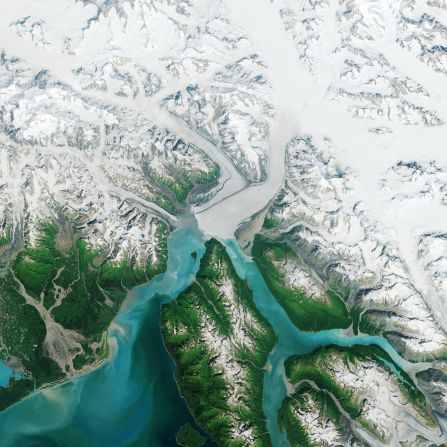
Hubbard Glacier, in Alaska, is seven miles wide, and is North America's largest tidewater glacier (one that terminates in the sea). It is currently considered in a stable position and in 2015 NASA reported that it had steadily grown over the previous 100 years.
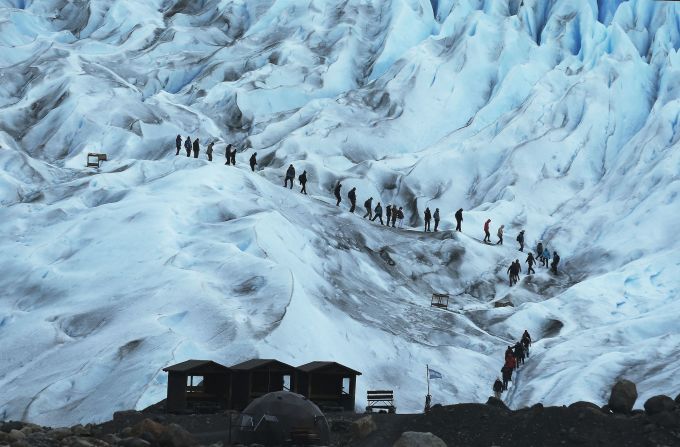
Perito Moreno, located at the southern end of Patagonia in Argentina, is another of the world's last non-retreating glaciers. More than 18 miles long, it's one of the largest in Patagonia, and descends from an elevation of almost 7,000 feet in the Andes mountains to the turquoise waters of Lake Argentino, about 600 feet above sea level.



